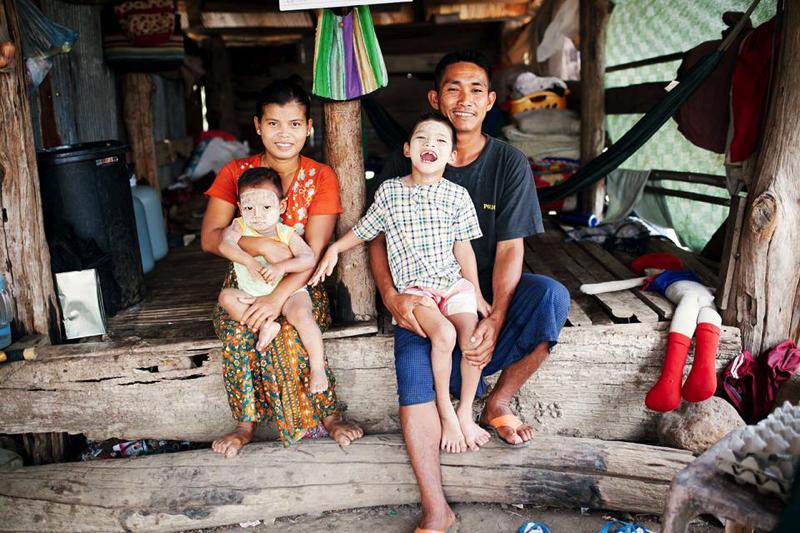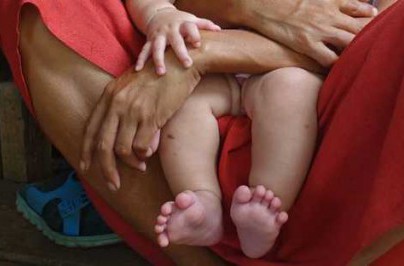Understanding the Problem
When families fall apart it puts children at risk.
4 out of 5 “orphans” are not orphans.
They are separated from their families into institutional care facilities.
41% of trafficked children are launched by their own family, usually due to poverty.
Supporting families combats the root causes of child trafficking and orphaning.
If we heal and strengthen families
we can reduce the orphaning of children by 80%.
If we heal and strengthen families
we can reduce child trafficking by at least 41%.
Family is the center of our mission and model.
Families come from Myanmar to Thailand seeking a better future
They are leaving a country where the conditions include:
70 years of ongoing armed conflict
-
32% poverty rate (38.8% in rural population)
-
Massive corruption
-
Lack of opportunity
Mae Sot District, where we work, is the main center in the border region for economic migration from all over Myanmar.
But, Myanmar migrant families in the border region are subject to a host of extreme risk factors that contribute to the destruction of families and exploitation of the children.
Structural Risk Factors:
Social Risk Factors:
Crushed Dreams, Loss of Traditional Social Structures, Poverty, Chaotic environment, Insecurity For children these risk factors result in:
Neglect
-
Young children are left at home alone while parents work, or try to find work.
Abuse
-
The Risk Factors increase stress on the family leading to an increased incidence of spousal and child abuse.
-
Family Breakdown
-
Spousal abandonment, which exacerbates the existing risk factors
-
Removal of children to extended family
-
“Orphaning”
-
Children separated from their families into “Orphanages”, Children’s Homes, Boarding Houses, Rescue Homes, etc. Often Illegally.
-
Trafficking
-
Children sold, taken, or recruited into sexual, begging, and commercial labor slavery
These conditions destroy the lives and futures of children.
-
Some consider orphanages and children’s homes the answer to the problem of family breakdown and child abandonment. What most people don’t know is that an institutional setting is not good for a child’s mental and emotional development.
All the research, and there is a lot of research, indicates that for a child to thrive they need a family, and if their family is in trouble the best solution is to support the whole family.
" B14. Removal of a child from the care of the family should be seen as a measure of last resort and should, whenever possible, be temporary and for the shortest possible duration. Removal decisions should be regularly reviewed and the child’s return to parental care, once the original causes of removal have been resolved or have disappeared, should be in the best interests of the child, in keeping with the assessment foreseen in paragraph 49 below.
15. Financial and material poverty, or conditions directly and uniquely imputable to such poverty, should never be the only justification for the removal of a child from parental care, for receiving a child into alternative care, or for preventing his/her reintegration, but should be seen as a signal for the need to provide appropriate support to the family."
The UN Convention on the Rights of a Child - Guidelines for the Alternative Care of Children
We not only work to provide for a family’s physical needs, but their mental, emotional, and spiritual needs as well. For families to be fully restored, healing and strengthening must take place in hearts and minds, as well as bodies. We work for total restoration of each person in the family unit and the larger community as well.



